Cape Kaliakra is one of the most picturesque places along Bulgaria’s Black Sea coast. The narrow rocky peninsula cuts 2 kilometers through the sea. Its steep slopes are 60-70 meters high. The waves have cut deep niches and caves into the cape. Until 1981 the Monk Seal was living in those caves. Cape Kaliakra is among Bulgaria’s first protected territories and was declared a nature reserve back in 1941.
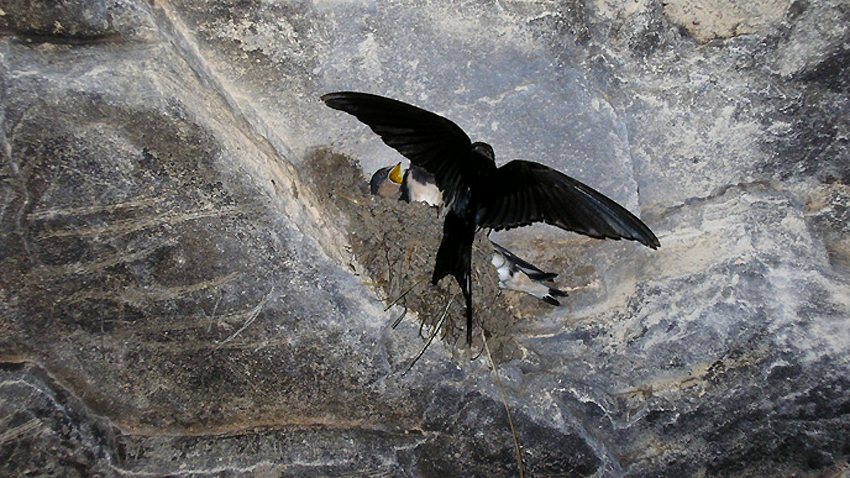
Most of the birds living there entered Bulgaria’s Red Book of endangered species. The unique nature also consists of the only in Bulgaria steppe grasslands. Cape Kaliakra was included in the 100 Natural Tourist Sites national movement as an archaeological reserve.
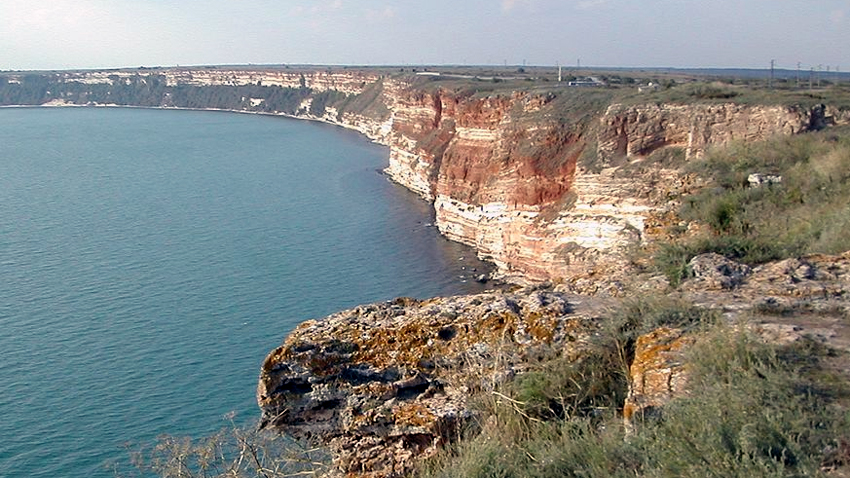
The slight reddish tingle of the rocky slopes makes Kaliakra unique and fascinating. The strange shape of the cape has stirred the imagination of the people. Thus, the legend of Saint Nicholas came to life. He was running from the Turks and approaching the sea. God saw that Saint Nicholas was in danger and started to elongate the land, in order to help him. This was how Cape Kaliakra emerged according to the legends. A chapel in honor of Saint Nicholas was built on the place, where according to beliefs, he was captured and killed.
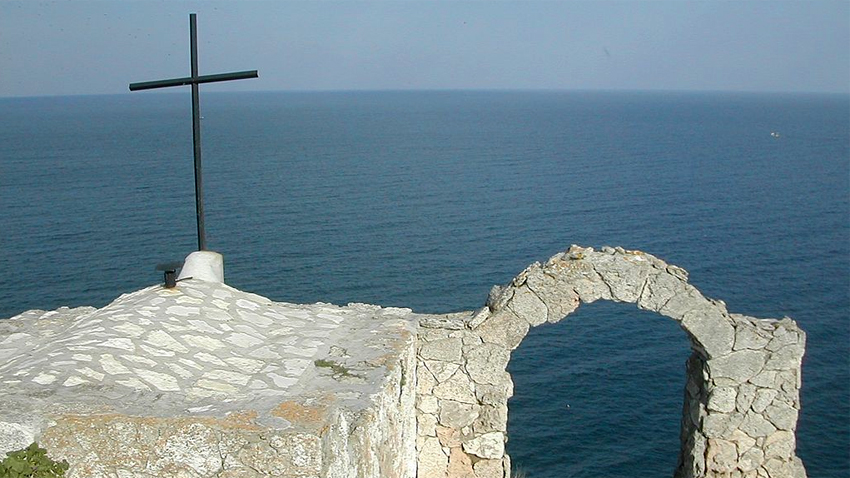
We learn more about Cape Kaliakra from Todor Todorov - expert at the Archaeological Department with the Historical Museum in Kavarna:
The local population used to interact with the surrounding environment. It benefited from its advantages. The first settlers there were the Thracian tribe Tirizi and the cape was named Tirizis during the Hellenistic period. The ancient geographer and historian Strabo first mentioned Cape Tirizis was a fortified place back at the end of the 1st century BC. Strabo wrote that Alexander the Great’s successor Lizimach hid his treasures on that place. Lizimach probably brought his treasury to Kaliakra, because many golden and bronze coins were found nearby. The Thracian settlers built the first fortress in this area in the second half of the 4th century BC.
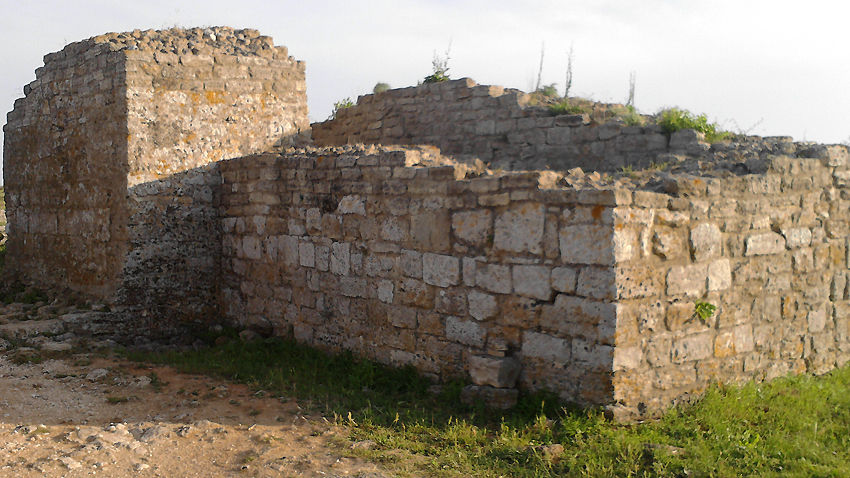
How Cape Kaliakra developed over the ages?
According to archaeological researches, the southernmost part of the cape was inhabited during the Hellenistic period. The ancient settlement covered an area of nearly 3 hectares. The fortress wall, which dates back to the 3rd-2nd century BC, was made of large and well-processed stone blocks. The settlement’s main street also dates back to that period. Remains of ancient buildings were found on both sides of the street during excavations. Archaeologists found pieces of ceramics and imported amphorae. These artifacts prove that Cape Tirizis was the link between the land and the sea. Between the 1st and the 4th century AD the cape was under Roman rule. They restored the old fortress walls and built new ones as well. Archaeologists found there remains of a Roman bath and a plumbing. After Emperor Theodosius’ death in 395 the Roman Empire divided permanently into East and West.
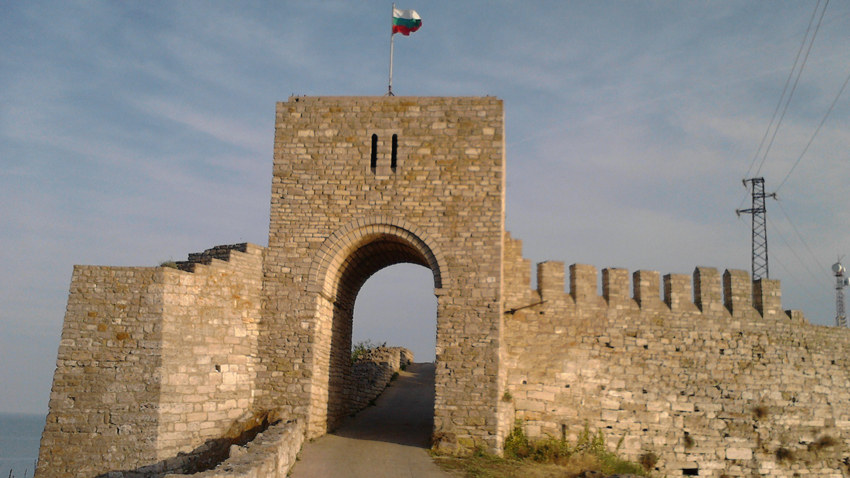
Cape Tirizis became part of the Eastern Roman empire, named Byzantium later. The cape was renamed into Akre and in the middle of the 7th century it was included in the First Bulgarian Kingdom. In the 8th century AD the cape entered the Italian maps under the name Kaliakra (from Greek - meaning good shelter). However, the Bulgarian Kingdom was fragmented as a result of the feudal development. The Dobrudzha Despotate (Principality of Karvuna) covered the area between the lower Danube and the Black Sea. The principality spun off from the Second Bulgarian Empire around 1340 under Balik (member of the Bulgarian-Cuman dynasty of Terter). Under Balik’s son Dobrotitsa the principality came to its greatest power and the capital was moved to Kaliakra. Cape Kaliakra also became a spiritual center - four churches which remind of the churches of Nessebar (8th-9th Century AD) with their ornaments and architecture were discovered by archaeologists there.
Kaliakra’s upsurge during the Middle Ages was also due to trade which flourished thanks to the local port.
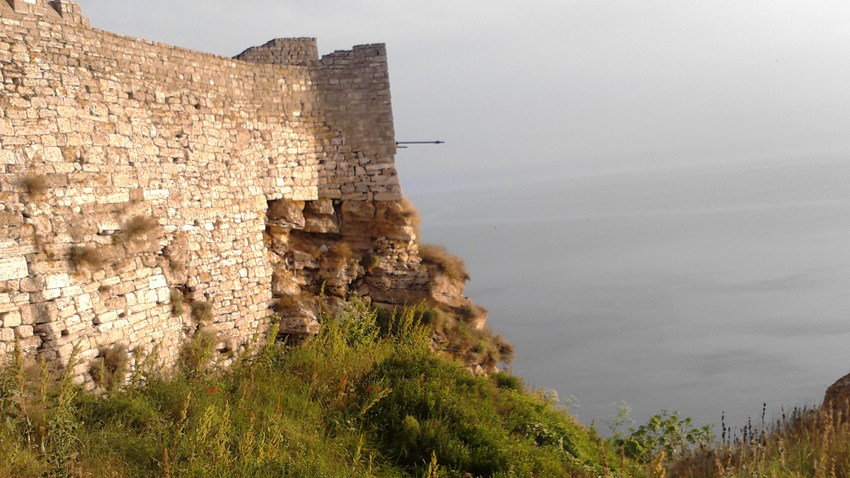
Cape Kaliakra witnessed the biggest battle in the Black Sea. In 1787 the Ottoman Empire declared war on Russia. In 1791 the biggest Ottoman-Algerian armada headed by Hussein Pasha and Admiral Said Ali arrived near Cape Kaliakra. They fought the Russian fleet headed by Rear Admiral Fyodor Ushakov. The Ottoman fleet outnumbered the Russians. However, Ushakov’s fleet attacked the Turkish ships from a close distance. As a result, the Ottomans retreated to Istanbul. Rear Admiral Ushakov’s maneuvers near Kaliakra were later used by British Vice-Admiral Horatio Nelson in the battles of Nile in 1791 and later near Trafalgar in 1805.
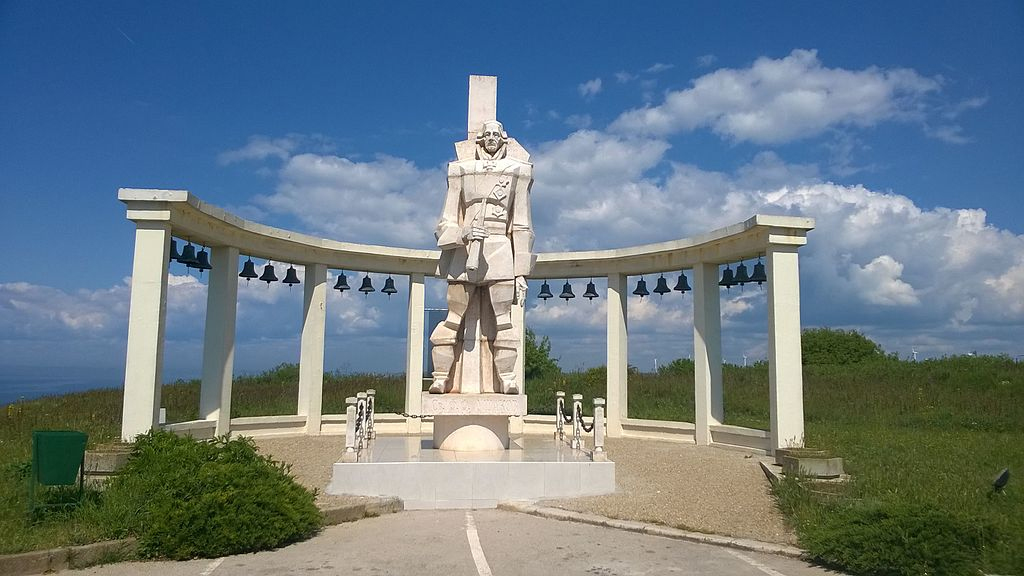
That is why a monument in honor of Ushakov’s victory over the Ottomans was built on Cape Kaliakra.
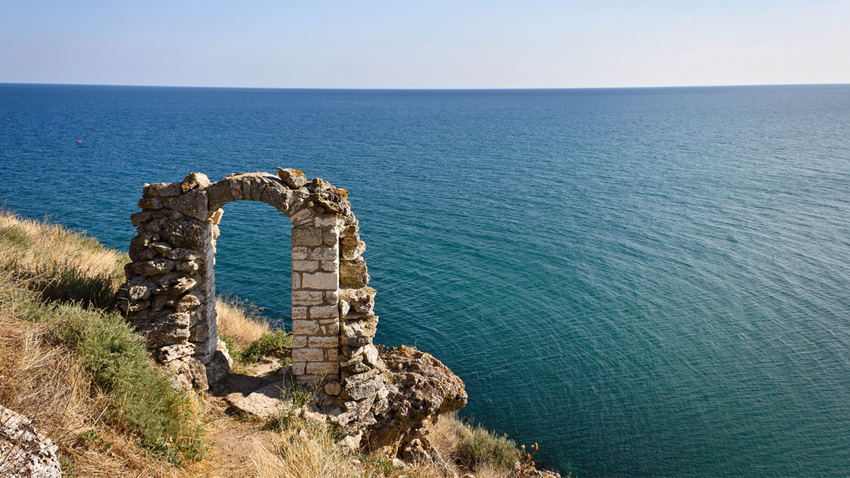
English version: Kostadin Atanasov
In the remote 1889 Bulgarian Prince Ferdinand placed at the palace chambers his personal collection of Bulgarian and tropical birds, mammals and butterflies. Thus, the foundations of the first Bulgarian museum, known today as the..
The history of Bulgarian sports goes back a long way – suffice it to take a look at the sports equipment and the dozens of trophies won by renowned Bulgarian competitors on show at the Museum of Sports in Sofia. Katya..
The past millennia have left their imprint on the Kaleto archaeological complex, perched on a rocky hill overlooking the River Iskar. The remains of the ancient fortress rise close to the town of Mezdra; the hill on which it was built is..

+359 2 9336 661
